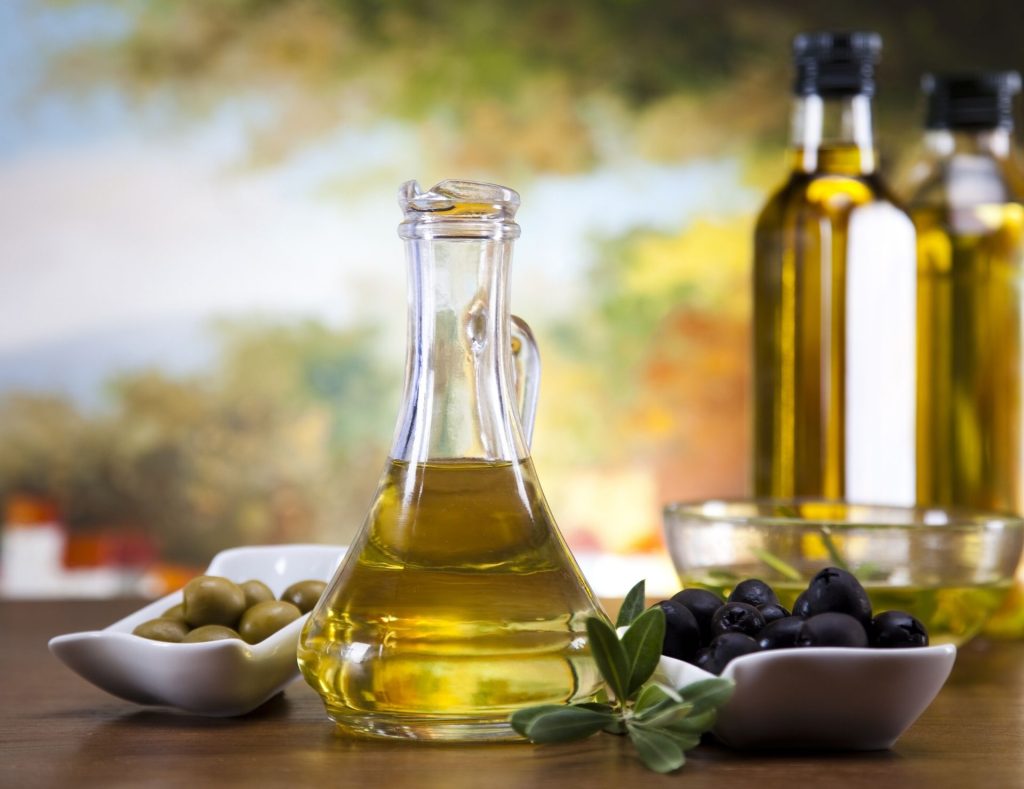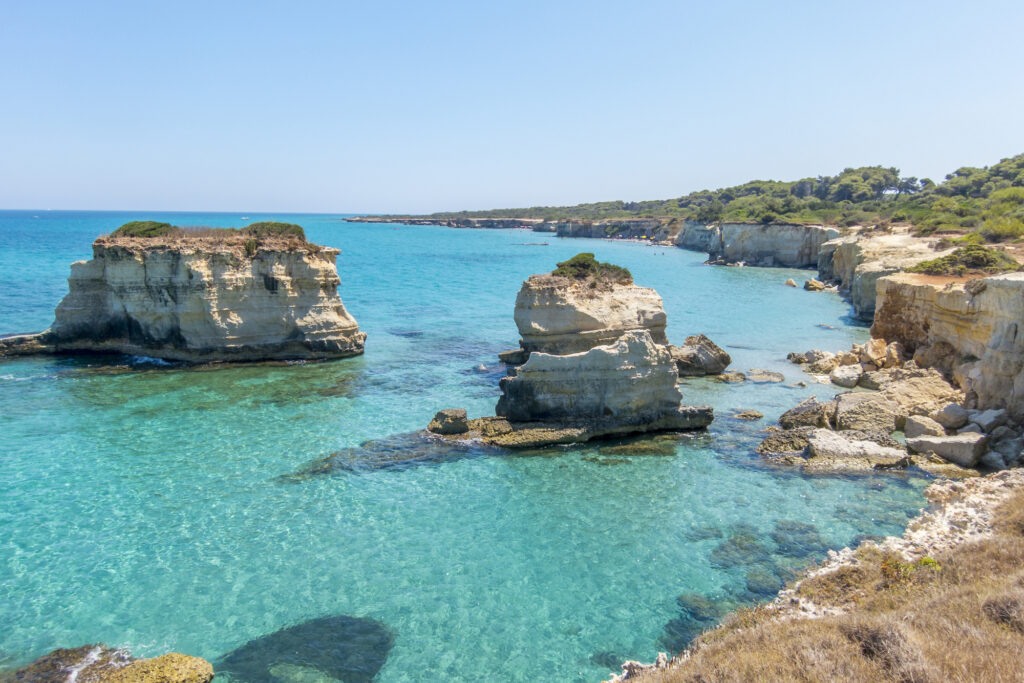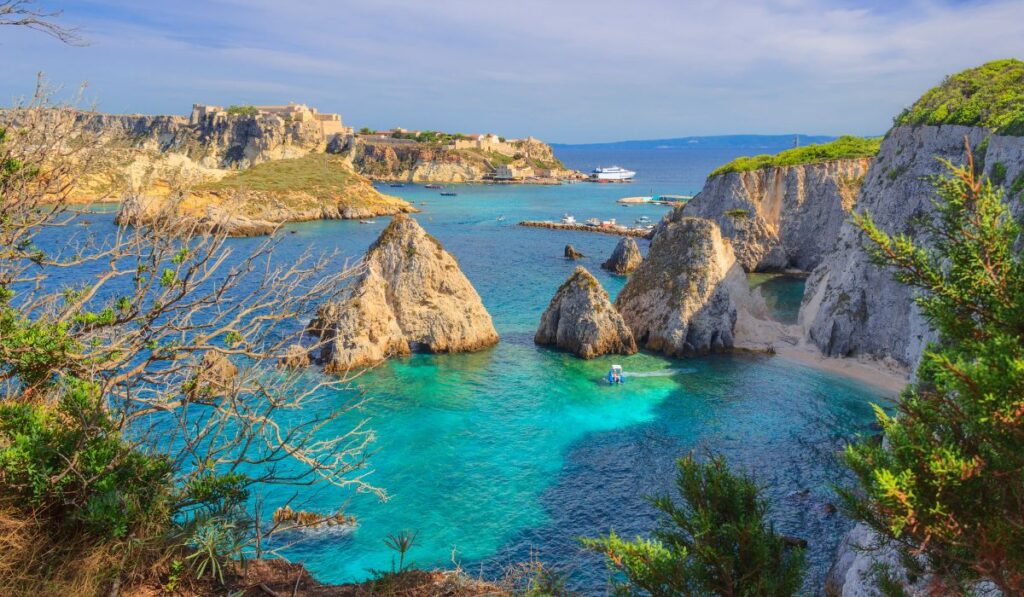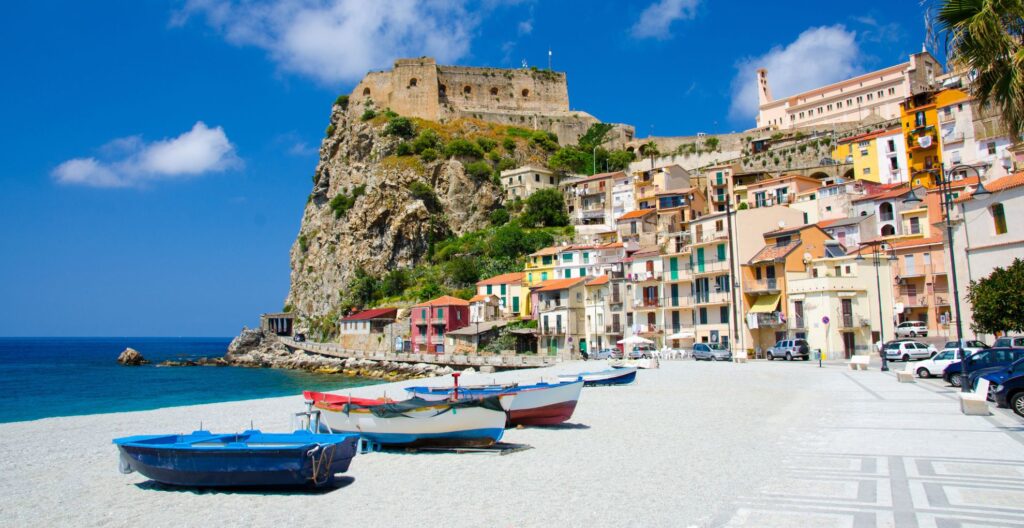The main seasoning we find in typical Italian dishes is definitely extra virgin olive oil, perfect for dressing pasta, salads or a slice of grilled bread, the typical bruschetta.
The history of olive oil in the Mediterranean area
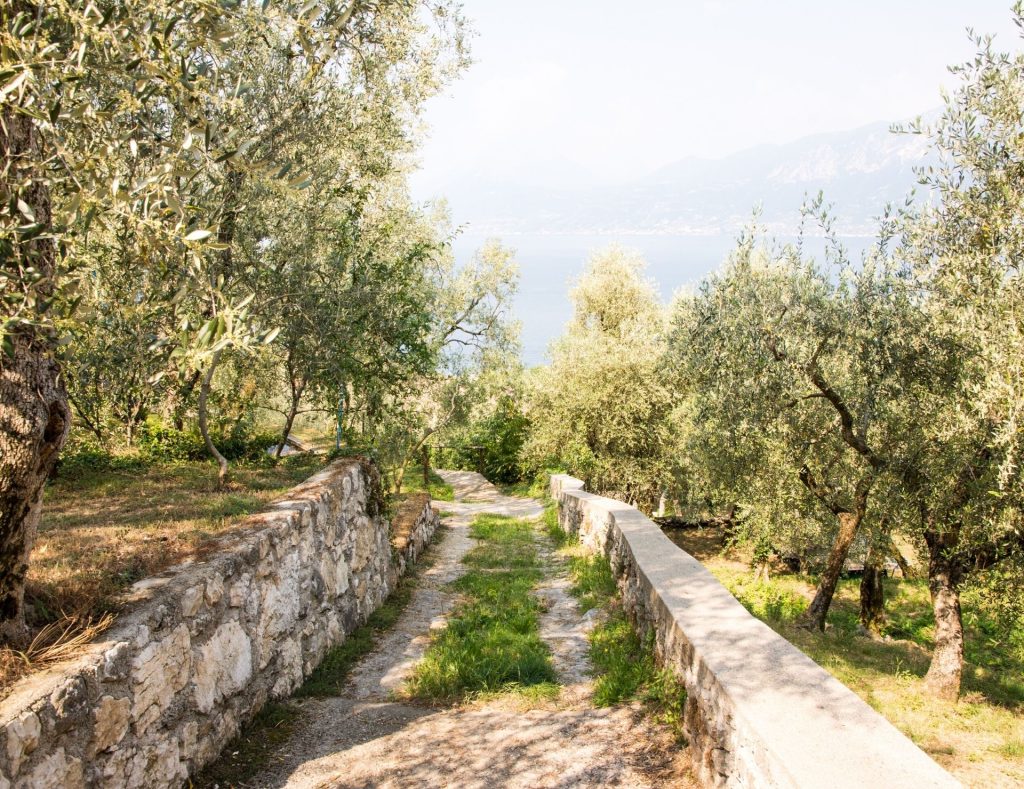
The cultivation of olive groves is very old and was spread by the Greeks, who had many colonies in southern Italy, throughout the Mediterranean.
Later, the Romans spread the plant throughout the conquered territories and even imposed the payment of tributes in the form of olive oil.
Thanks to the Romans, the process of growing, extracting and storing oil improved and oil began to be classified according to the different pressing processes.
Oil spread throughout Europe, but with the fall of the Roman Empire, olive groves only survived in the southern territories, such as Italy, Greece and Spain, which are still the largest producers of olive oil in the world.
Almost all the world’s production is concentrated in the Mediterranean area, with 72% in the European Union and 25% in North Africa and the Middle East.
Apulian oil, the Italians’ favourite extra virgin
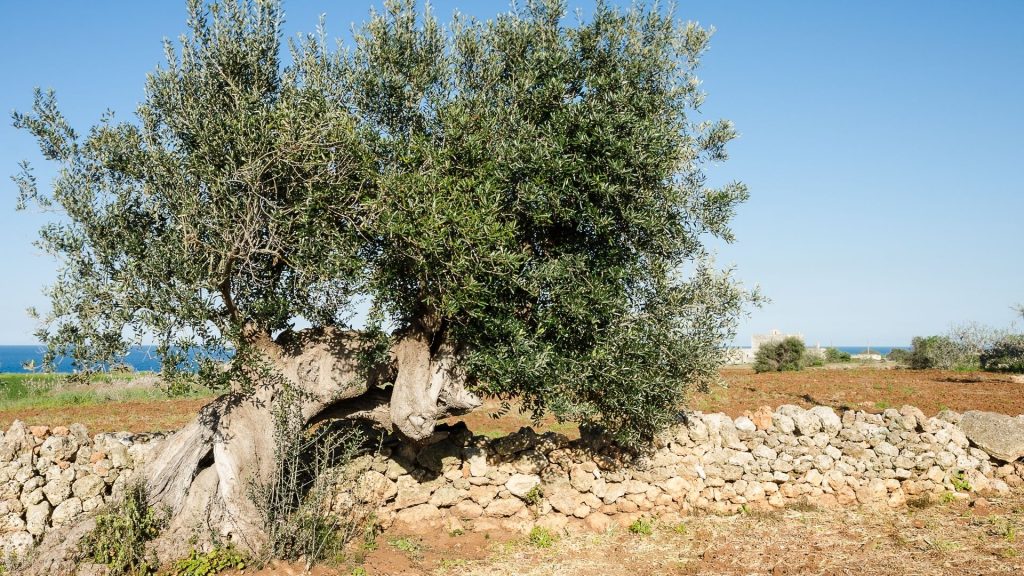
Puglia is Italy’s largest olive oil producer, boasting records for both quantity and quality.
It is impossible to talk about Apulia and Apulian cuisine without referring to the gold of this land: extra virgin olive oil.
Apulian culture and the landscape itself are strongly influenced by the millennial presence of the majestic olive groves and their fruits, of which ancient peoples such as the Messapi, Dauni, Greeks and Romans were admirers, cultivators and traders, transporting it in amphorae across the Mediterranean.
Travelling in Apulia also means travelling through long symmetrical expanses of olive groves divided by dry stone walls and on terraced hills (such as those between Mattinata and Monte Sant’Angelo) where man’s activity of modifying the profile of the hills to increase the cultivable area has created terraces where the olive trees seem to look out over the spectacle of the Gargano coast and sea.
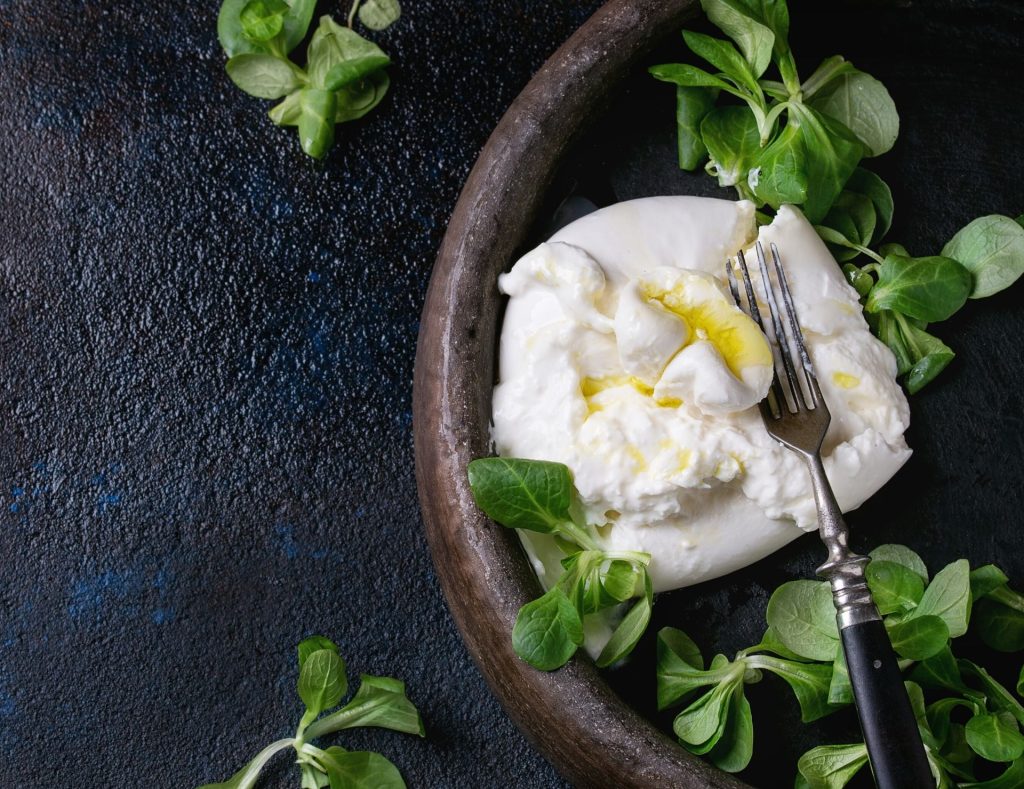
Over the centuries, oil production has established itself as one of the distinctive aspects of Apulia in cultural, social and symbolic terms.
Agriculture, architecture, cuisine, craftsmanship, tourism: everything is strongly linked to these thousand-year-old giants and what they represent.
The olive tree yields not only olives and EVO oil, which is used as a base for most regional dishes, as a condiment and also to preserve vegetables and small fish.
The precious wood is used to produce handcrafted objects and furniture as well as to fuel the ancient wood-burning ovens.
Recently, the use of olive tree derivatives to produce natural cosmetics is also gaining ground.
The use of extra virgin olive oil is widespread throughout Italy, thanks to the nutritional properties of this healthy condiment, rich in oleic acid, carotenes and vitamin E.
There are more than 50 million olive trees in Puglia, from which different oils are obtained, depending on the type of ‘Cultivar’ used to produce the olives, the territory in which it is produced and the processing method used.
The different cultivars of Apulian oil
The different “cultivars” are spread differently over the Apulian territory: at Vieste and on the Gargano we mainly find the Ogliarola Garganica, a fruity oil with a light almond aftertaste, also suitable for fish dishes, seafood and salads. Widespread above all in the Foggiano and Barese areas is the prized Coratina, tending towards purple, with a fruity and slightly spicy flavour.
In the northern part of Apulia, on the Gargano, Oliveto Medina, a centuries-old olive grove run by three young brothers, produces organic extra virgin olive oil of the highest quality Coratina and Ogliarola Garganica varieties.
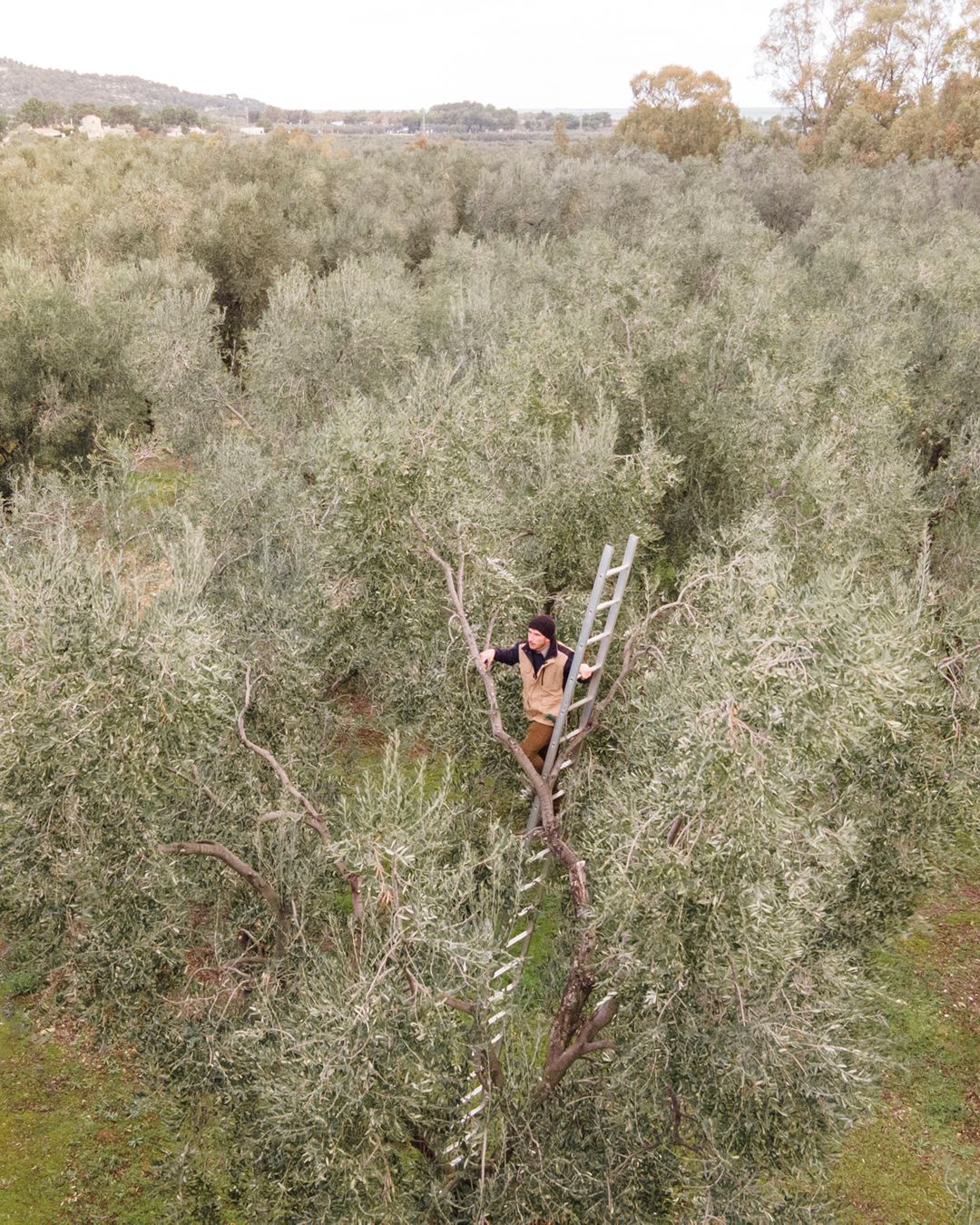
Photo by Olivetomedina.it
The Cima di Mola, as well as the Olivastra and Leccina, on the other hand, are widespread between the provinces of Bari and Brindisi, in the realm of the trulli.
The flavour of these olives is influenced by where they ripen: on average, they are fruity if grown on the coast, as in the beautiful estates on the sea between Polignano, Monopoli, Fasano and ancient Egnazia, while the flavour of the olives from the olive groves in the Itria Valley, such as those in Alberobello, Cisternino and Ostuni, is decidedly more intense.
Widespread in Salento are the Ogliarola Leccese and the Cellina di Nardò.
Then there is the processing, which begins with the care of the olive trees, often centuries old, and then proceeds to harvesting, milling, extraction and bottling.
The process is often carried out using ancient techniques such as cold pressing, which allows the organoleptic characteristics of the oil to remain unaltered, preserving the quantity of minerals, vitamins and other substances that make olive oil valuable.
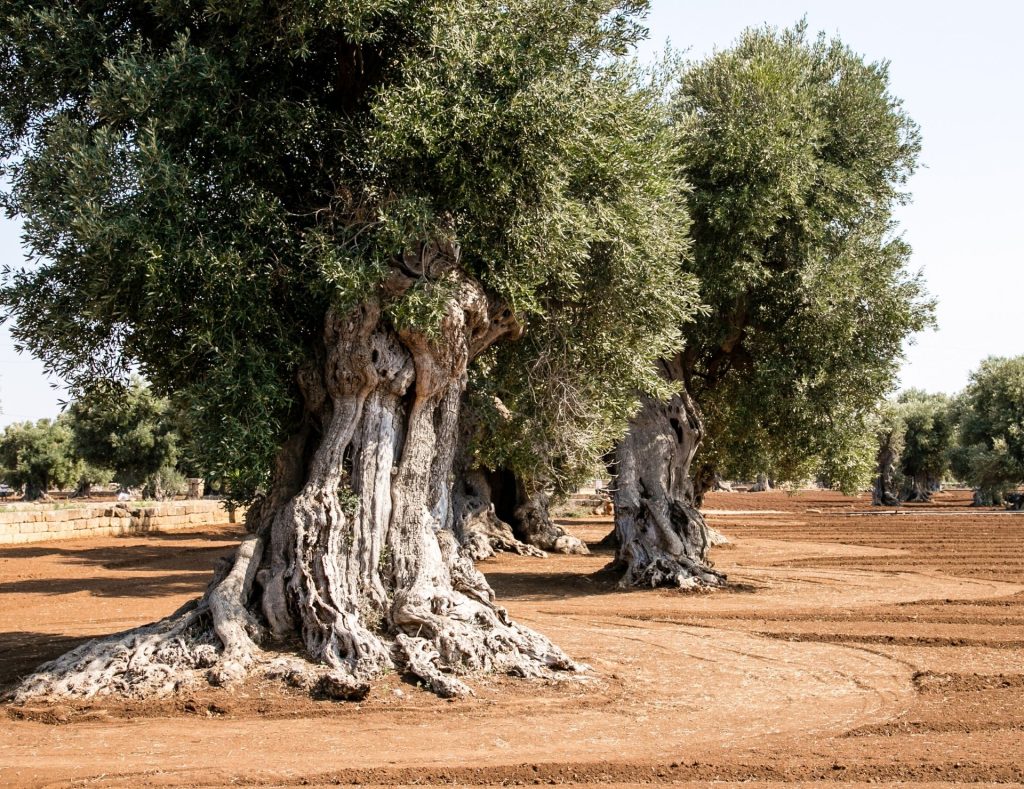
Even today it is still possible to find evidence of the culture linked to the cultivation of Apulian olive oil, for example by visiting an oil mill or the Trappeto Museum in Vico del Gargano or simply by tasting it on a slice of bread.
